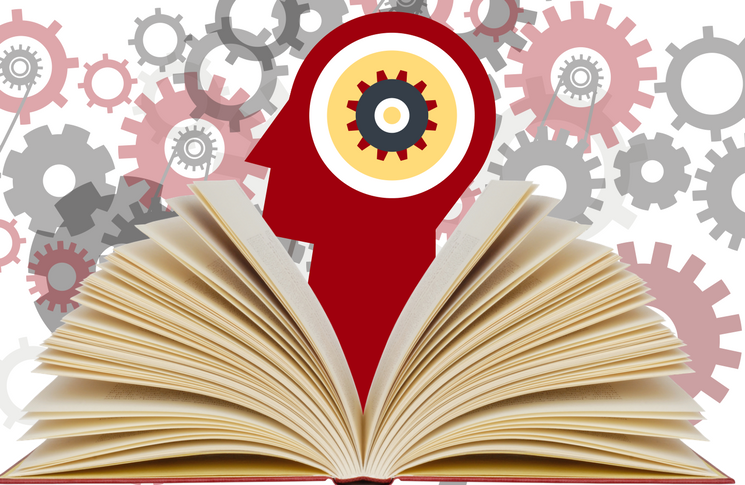Distinctions sharp and shaded
by Eileen Wedegartner, Blended Learning SPECIALIST
I’m sitting in an ELL classroom. Students are reading articles in our online curriculum and working through the meanings of unfamiliar words. The teacher in this class has stressed the techniques of active reading: note-taking and annotating a text as you read, asking questions, summarizing and making connections. The students are practicing these techniques as I observe.
We know that the techniques of active reading are good study skills. They are recommended as best practices in Sheltered English Immersion (SEI) professional development programs. But the usefulness of these techniques goes beyond SEI. Annotating and note-taking are strategies that good readers and successful students of all descriptions use to fully understand what they are reading.
At the end of the class, one student comes up to talk about how excited he is to have figured out a phrase he encountered in his article. The phrase was “not a sharp distinction between these two ideas.” He did not know what it meant, and he proudly shows the teacher and me how he worked it out visually. He draws two boxes on a sheet of paper to represent the two ideas. Then he draws a knife between them. Then he shades over the knife because it is not supposed to be sharp. With that, he looks up at the teacher and me and explains that he was able to figure out that “not a sharp distinction” was the same as “not a clear difference” between the two ideas.
He was able to work out the meaning because he had taken the time to pause, reflect, ask questions and make connections within the terms of the text.
Active reading is a time-tested strategy that can be used in any classroom. I am finding that the techniques can also be used with individualized online instruction to help students engage in thoughtful interactions with a text.
Practicing these techniques will enable this young man to expand his mastery of language: tone, mode, denotation and connotation, the shades of word choice. These skills have relevance beyond the classroom. The success of a democratic society relies on the thoughtfulness of its citizens and their ability to make sense of difficult texts, written and verbal. Active reading, active listening and active thinking are the foundations of responsible political decision making.
After the class, I feel assured that this young man will approach his role in our democracy with the thoughtfulness it requires and deserves. He will interrogate texts with his active inquiry skills. He will figure out distinctions, sharp and shaded. I am happy to have played a part in his development as a reader and a citizen. Experiences like this make all the challenges of education worthwhile.





